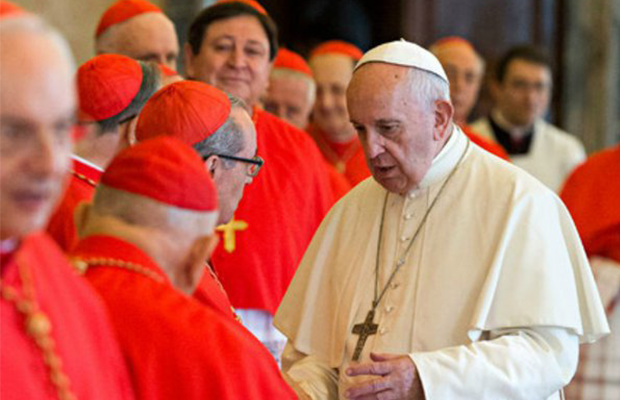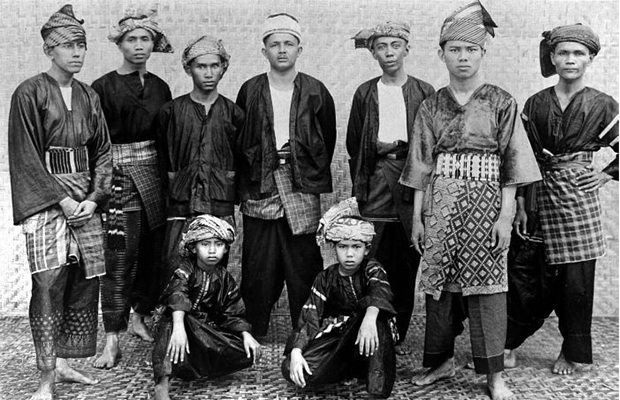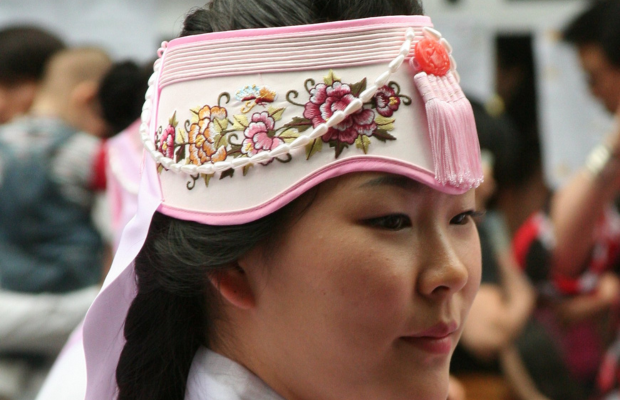
The Zucchetto: A Visual Emblem of Spiritual Authority
Exploring the Symbolism and Tradition
In the intricate tapestry of religious symbolism and tradition. Few garments hold as much significance as the Zucchetto. The distinctive skullcap worn by clerics, particularly within the Roman Catholic Church. This small yet iconic piece of headwear is steep in history, carrying layers of meaning and serving as a visual representation of spiritual authority and devotion.
Unveiling the Zucchetto: A Brief Overview
Derived from the Italian word “zucca,” meaning “pumpkin” or “gourd. The Zucchetto is aptly name for its shape and size. This close-fitting cap is typically made from silk or wool and is commonly seen in shades of black, red, or white. Each color carrying its own symbolism within the Church’s hierarchy and liturgical calendar.
Symbolism and Significance
In the hierarchical structure of Catholic clergy, the Zucchetto holds profound significance as a marker of rank and authority. While all clerics may wear it, the color of the cap often denotes the wearer’s position within the Church. For instance, the Pope’s Zucchetto is white, symbolizing his role as the Vicar of Christ and the leader of the Roman Catholic Church. Cardinals don red Zucchetto, representing their status as princes of the Church and their readiness to shed their blood for the faith. Bishops and archbishops wear purple, while priests and deacons typically don black or grey caps.
A Visual Emblem of Spiritual Authority
Beyond its hierarchical symbolism, the Zucchetto also serves as a visual emblem of spiritual authority and devotion. Its modest size and simple design reflect the call to humility and obedience inherent in the clerical vocation. Reminding wearers of their duty to serve their flock with humility and dedication. The Zucchetto becomes a visible reminder of the trust bestow upon clergy members and their solemn responsibility to guide and shepher their communities.
Cultural and Historical Significance
The origins of the Zucchetto can be traced back centuries. With its modern form evolving from the head coverings by clergy in ancient Rome. Over time, it became a standard part of clerical attire. Its design and symbolism adapting to reflect the changing traditions and practices of the Church.
Embracing Tradition: Exploring Other Traditional Headwear
While the Zucchetto holds a unique place within Roman Catholicism. It is just one example of the rich tapestry of traditional headwear found across cultures and religions. From Scottish tartan caps to the iconic fez worn in parts of the Middle East, each style carries its own history and significance. S cxerving as a tangible link to the past and a visual expression of cultural identity.
At Kilt Master, we celebrate the diversity of traditional headwear and offer a wide range of authentic Scottish hats and caps for those looking to embrace and celebrate Scottish culture. You’re drawn to the timeless elegance of the Balmoral bonnet or the rug charm of the Glengarry cap. Our collection has something for everyone.
Conclusion
In a world of rapid change and shifting cultural landscapes. Traditional headwear like the Zucchetto serves as a powerful reminder of the enduring power of tradition and the timeless truths it represents. A Pope in Vatican City or a parish priest in a small rural church. The Zucchetto speaks to the unchanging values of faith, humility, and service that lie at the heart of the clerical vocation. So let us continue to honor and cherish these symbols of our shared heritage. Embracing their rich history and profound significance for generations to come.






